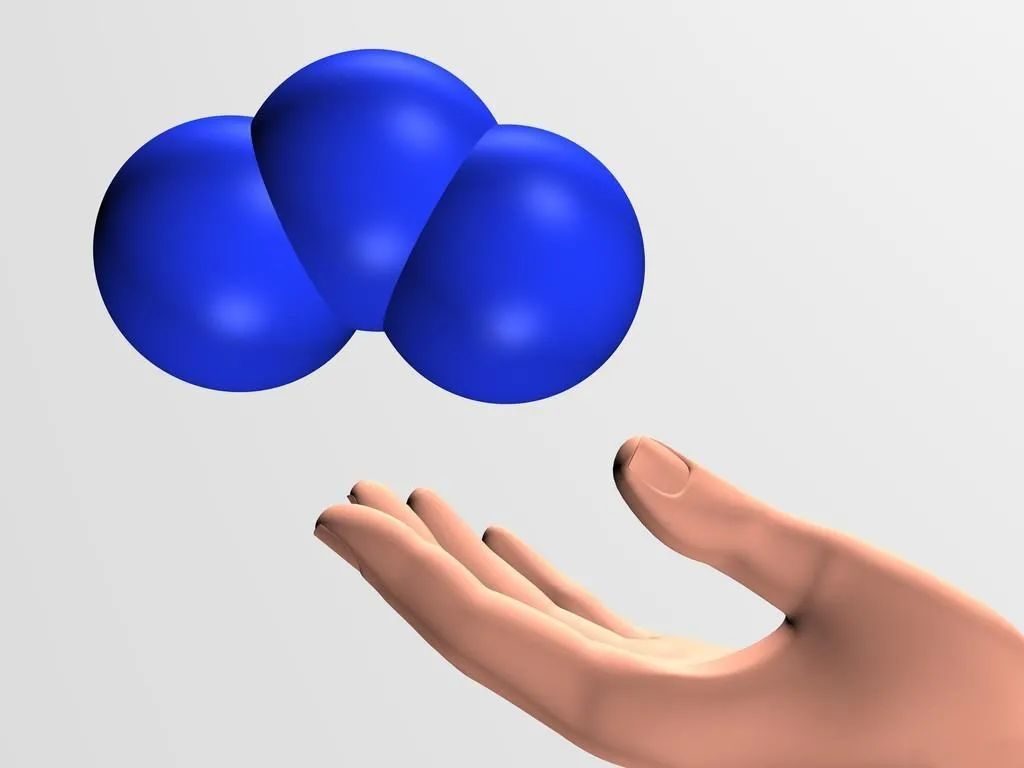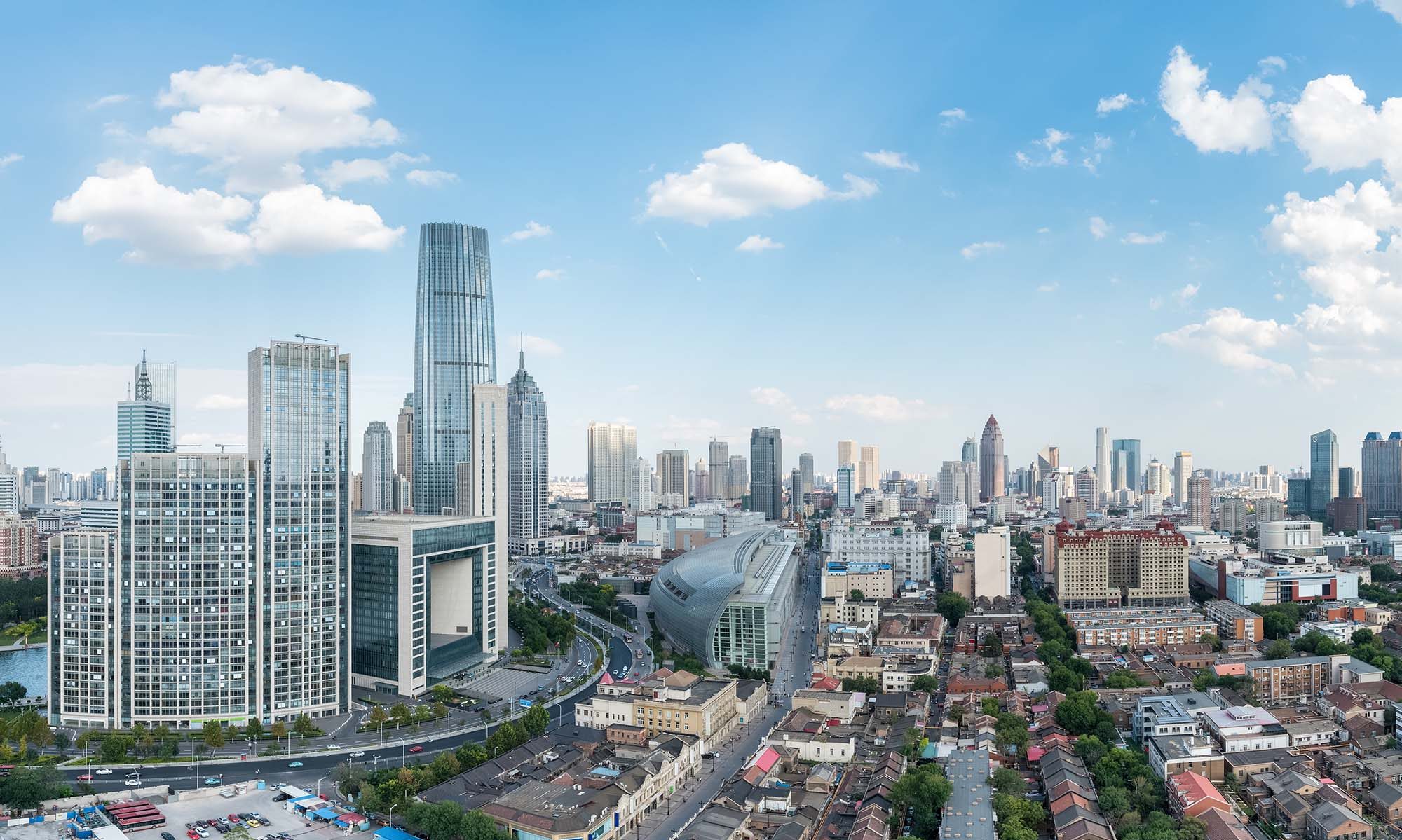Zhou Muzhi, professor of Tokyo Keizai University

Editor’s note:
Since the COVID-19 outbreak over one and a half years ago, the global infections have topped 200 million while the death toll is nearing 4.3 million. In most places outside China, repeated lockdowns and massive vaccine rollout have failed to stop the spread of the pandemic. Under such circumstances, ozone, as an effective weapon with no side effects to inactivate the novel coronavirus, deserves more attention worldwide. On Feb. 18, 2020, during the initial stage of the epidemic, Zhou Muzhi, professor of Tokyo Keizai University and head of the Cloud River Urban Research Institute, published a paper titled “Ozone: A Powerful Weapon to Combat COVID-19 Outbreak” (hereafter referred to as the “February Zhou Paper”), calling for the use of the ozone to curb the spread of the disease. The paper has been reposted by many media outlets and platforms, thus promoting the ozone trials in combating the novel coronavirus.
The February Zhou Paper, as well as its English and Japanese versions, was three weeks earlier than the WHO’s declaration of COVID-19 as a pandemic. The paper has provided a new solution to the global combat of COVID-19 and gave a boost to the application of ozone on the world stage. The hypothesis of using low concentration of ozone to inactivate the novel coronavirus has been proved through experiments and the research and applications of ozone generators have made rapid progress. In order to promote its applications, Professor Zhou wrote three papers in a series to discuss in detail the complicated relationship between ozone and the ecological equilibrium on earth as well as the mechanism of ozone inactivating the novel coronavirus.
Ozone is now widely used in disinfection, sterilization, deodorization, detoxification, preservation and bleaching. But most people still see it unfamiliar and even remain vigilant. To promote its wide applications, we should first recognize its contribution to ecological equilibrium, clear away people’s misconceptions, and help them understand the mechanism of low concentration of ozone in disinfection and sterilization.
1. The earth’s protective shield
Ozone is a gas made up of three oxygen atoms (O3). It is created primarily by ultraviolet radiation. When high-energy ultraviolet rays strike ordinary oxygen molecules (O2), they split the molecule into two single oxygen atoms, known as atomic oxygen. A freed oxygen atom then combines with another oxygen molecule to form a molecule of ozone. As an allotrope of oxygen, the pale blue gas has a distinctively pungent smell. The word ozone comes from the Greek word OZEIN, meaning “to smell.” So ozone is mainly created in nature when ultraviolet rays strike oxygen molecules and split the molecule into two single oxygen atoms which then combine with another oxygen molecule.
The troposphere is the lowest layer of our atmosphere, which starts from ground level all the way extending upward to about 10 kilometers. The temperature generally decreases with the altitude. Therefore, the higher we climb up on the mountain, the colder we may feel. The next layer up is called the stratosphere, which extends from the top of the troposphere to about 50 kilometers above the ground, with the temperature increasing all the way up.
The ozone layer is found within both the troposphere and the stratosphere. Because oxygen molecules are more at lower altitudes and less at higher altitudes, and oxygen atoms are less at lower altitudes and more at higher altitudes, a high concentration of ozone layer is formed in the stratosphere, but not on the ground or higher up altitudes. That is to say, the ozone concentration in the atmosphere increases gradually from about 10 km above the ground, reaches its maximum in the stratosphere, and then decreases sharply higher upward.
Therefore, a concentration of 10 to 20 ppm (parts per million) ozone layer is found in the stratosphere. Ultraviolet radiation can be subdivided into UV-A (315-400), UV-B (280-315nm) and UV-C (<280nm) according to wavelengths. By absorbing the high-energy UV-B and and UV-C from the sun, the ozone layer acts as a shield for some UV damage to the cellular DNA, thus protecting the life on the earth.
Ozone, which is created when ultraviolet rays strike oxygen molecules, can absorb harmful ultraviolet radiation from its damage to the life on the earth, acting as a shield to protect their reproduction. Therefore, ultraviolet rays, the ozone layer and the life on the earth form an interdependent ecosystem.
The time when the ozone layer reaches the current concentration almost coincides with the time when life on the earth evolves from the ocean to the land. In other words, the higher level in ozone concentration may play an important role in the colonization of life on land, as a thin ozone layer could only allow for life to exist in the ocean. To put it simply, life or organisms, which formerly only existed in the ocean to shield from the harmful UV radiation, were able to migrate on shore thanks to a higher level of ozone concentration.
It is fair to say that the massive diversification of life is only made possible with the protection of the ozone layer.
However, the use of man-made chemicals in industrial development such as chlorofluorocarbons (CFCs) and other volatile organic compounds (VOC) is damaging the ozone layer and even causing ozone depletion.
This would weaken the human’s immune system and increase the risk of skin cancer and cataract. In 1974, Professor Frank Sherwood Rowland and Dr. Mario J. Molina at the University of California, Irvine published a paper in the journal Nature, explaining how CFCs silently kill the ozone layer. In 1995, the two were awarded the Nobel Prize in chemistry for their findings.
With increasing public awareness of the protection of ozone layer, a series of global conventions and protocols have been introduced, and ozone layer protection has become an environmental issue of global concern.
2. Angel in the sky, devil on the ground?
Although dubbed the earth’s protective shield, ozone did not enjoy a good reputation and even has long been misunderstood.
Ozone smells. Although most people could not feel it under natural conditions, its smell may grow more pungent and even cause discomfort as its concentration increases.
In the troposphere near the earth’s surface, the natural concentration of ozone is about 0.02 to 0.1 ppm, which is harmless to the human being and other big living creatures. As the concentration level grows, it can cause discomforts to human body and may even be harmful to eyes and the respiratory system. The FDA’s maximum allowed ozone concentration in the air for residential areas is 0.05 ppm ozone by volume; the Japan Society for Occupational Health (JSOH) recommends the Occupational Exposure Limits (OELs) for ozone concentration is 0.1 ppm; while the China National Health Commission has set the safe ozone threshold as 0.1 ppm.
What really made ozone “notoriously famous” is the photochemical smog, which refers to a mixture of pollutants, including primary pollutants like nitrogen oxides (NOx) and volatile organic compounds (VOC), together with secondary pollutants ozone produced in the chemical reaction of UV ray. Although NOx and VOC are the primary source of photochemical smog, the share of ozone in the smog could reach as high as 80% to 90%. So people usually equate photochemical smog pollution with ozone pollution.
Photochemical smog not only stimulates mucosal tissues like eyes and respiratory system, it could also cause sore eyes, headaches, coughing and asthma. It could also inhibit plant growth which leads to crop failure, and even cause more hazards like acid rain and visibility reduction.
Since the industrial revolution, mass emission of NOx has led to an increase of ozone in the troposphere by 300% in the past 100 years.
Although the concentration in the troposphere is merely a tenth of that in stratosphere, ozone is still the third largest contributor to global warming among all greenhouse gases, following carbon dioxide and methane, and making its reputation even worse.
All the factors above have led to a common belief that ozone is a harmful pollutant in the troposphere, and some even compare it to “an angel in the sky, a devil on the ground.” Several countries including Japan have made the observation and prevention of ozone cross-border pollution in the troposphere an important research topic.
Therefore, we should clear up its reputation before promoting its use in the battle against COVID-19. It should be justified that the ozone in photochemical smog is at an unnaturally high level of concentration due to man-made pollution, much higher than the normal concentration of ozone in the troposphere. Moreover, unlike pure ozone in nature, photochemical smog consists of a large amount of hazardous pollutants like NOx and VOC.
Concentrations of ozone in nature vary by season and geography, but generally do not reach levels that can harm human health. For example, one way ozone is naturally produced is through electrical excitation of oxygen molecules in lightening. Due to ozone’s purification effect, the air is usually more refreshing after thunder and lightning. Another example would be the refreshing air in the coastlines and forests because of high ozone concentration.
Therefore, naturally produced ozone is anything but hazardous to the human being as well as other big living creatures. We must recognize the difference between the naturally produced ozone and ozone in photochemical smog, and should not blame it as a cause for environmental pollution.
3. A balancing power to ecological equilibrium
For the human being, naturally produced ozone is anything but hazardous.
According to the HypothesisⅠof the February Zhou Paper, “though harmless to big living creatures, ozone could pose serious threats to microorganisms. As a strong oxidizing agent, ozone has always been inhibiting microbe reproductions, while also acting as a balancing power to ecological equilibrium.”
Unfortunately, little attention has been given to its role in inhibiting the growth of microorganisms. One reason is that low concentration of ozone was not believed to have sanitation values.
The author made thorough research and studies as well as logic reasoning on the role of ozone in the complicated ecosystem and found out that a low concentration of ozone as little as 0.025 ppm is still able to kill bacteria, viruses and molds, if given enough exposure, according to a Japanese study.
It is fair to say that a higher concentration of ozone in the nature has balanced and inhibited the overgrowth and reproduction of microorganisms on the earth. Furthermore, it can be inferred that ozone, whose concentration varies with seasons and regions, plays a dominant role in the cycle of microbial reproduction and that it reflects to seasonal changes and controls the cycles of living creatures on the earth.
To sum up, ozone is beneficial for human and nature in both stratosphere and troposphere, as it acts as a shield in stratosphere to protect living creatures, while its presence in the troposphere also works as a balancing power to ecological equilibrium.
Only by further understanding the relationship between ozone and life on the earth can we find out the greater benefits that ozone may bring.
The article was published on China Net on Aug 13, 2021, and was republished by foreign media, as well as today’s headlines and other platforms.
